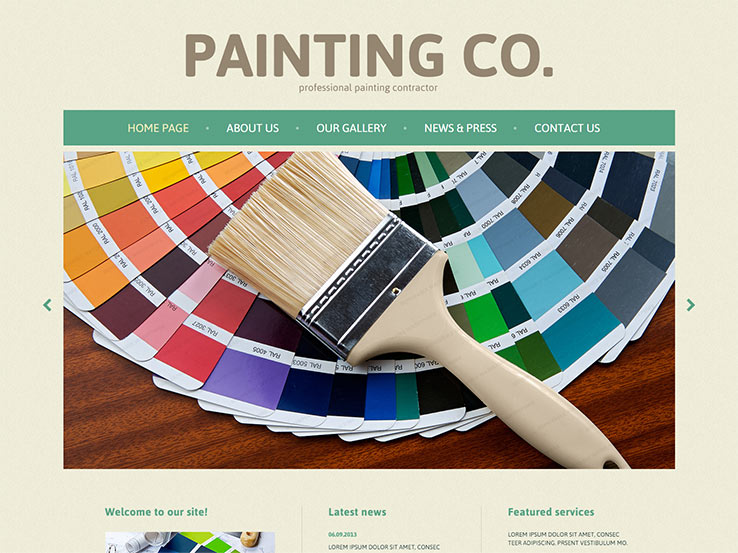The Impact Of Weather On Commercial Outside Painting: Key Considerations
The Impact Of Weather On Commercial Outside Painting: Key Considerations
Blog Article
Short Article Author-Fabricius Hollis
When you're preparing an industrial external paint task, don't take too lightly the impact of weather condition on your outcomes. You need to take into consideration aspects like temperature, humidity, and rainfall, as they can make or break your paint work. For example, did you know that suitable problems ask for specific temperature level ranges and humidity degrees? Stopping working to keep restaurant painting contractor on these aspects can result in uneven finishes and even damage to fresh paint. Comprehending these elements is essential to attaining a durable, professional end result. So, what particular weather should you be wary of?
Temperature level Considerations
When it involves commercial external paint, temperature level plays a critical duty in the outcome of your task. If you're painting in extreme warm, the paint can dry out too swiftly, bring about issues like inadequate attachment and uneven surfaces. You wish to aim for temperatures in between 50 ° F and 85 ° F for the best outcomes. Below 50 ° F, paint may not cure properly, while over 85 ° F, you take the chance of blistering and breaking.
Timing your job with the appropriate temperature levels is important. Begin your work early in the morning or later on in the afternoon when it's cooler, specifically throughout warm months.
Likewise, consider the surface temperature; it can be considerably greater than the air temperature, specifically on sunny days. Utilize a surface thermostat to inspect this prior to you begin.
If temperature levels are unforeseeable, watch on the weather forecast. Unexpected temperature level decreases or warm front can derail your strategies. You don't want to start repainting just to have the problems alter mid-project.
Moisture Levels
Humidity levels dramatically influence the success of your commercial external paint project. When the humidity is too high, it can hinder paint drying out and curing, bring about a series of concerns like bad bond and finish top quality.
If you're preparing a work throughout moist problems, you may find that the paint takes longer to dry, which can extend your project timeline and increase expenses.
Alternatively, reduced humidity can also position challenges. company for painting might dry out as well quickly, avoiding correct application and resulting in an uneven finish.
You'll want to check the moisture levels closely to ensure you're working within the suitable array, typically in between 40% and 70%.
To get the very best outcomes, think about using a hygrometer to measure moisture prior to beginning your job.
If you discover the levels are outside the optimum variety, you might need to adjust your routine or choose paints made for variable problems.
Always get in touch with the producer's standards for details referrals on humidity resistance.
Rainfall Influence
Rainfall or snow can significantly disrupt your industrial external painting strategies. When precipitation occurs, it can get rid of freshly used paint or create an irregular finish. Preferably, you intend to select days with dry weather condition to make certain the paint sticks properly and remedies successfully. If you're captured in a shower, it's best to halt the project and wait for conditions to improve.
In addition, snow can be even more detrimental. Not only does it develop a wet surface, however it can likewise lower temperature levels, making it hard for paint to completely dry. This can bring about concerns like peeling or blistering down the line.
It's crucial to inspect the weather report before starting your job. If rainfall or snow is anticipated, think about rescheduling.
Always bear in mind to allow ample drying out time in between coats, particularly if the weather condition continues to be unpredictable.
Final thought
To conclude, keeping an eye on the weather is essential for a successful commercial outside painting project. By keeping track of temperature, humidity, and precipitation, you can make certain the very best conditions for application and curing. Bear in mind to plan your work around beneficial weather condition and always follow manufacturer guidelines. With the right technique, you'll attain a durable, gorgeous finish that can endure the aspects. Do not allow the weather condition catch you off-guard-- remain educated and paint clever!
